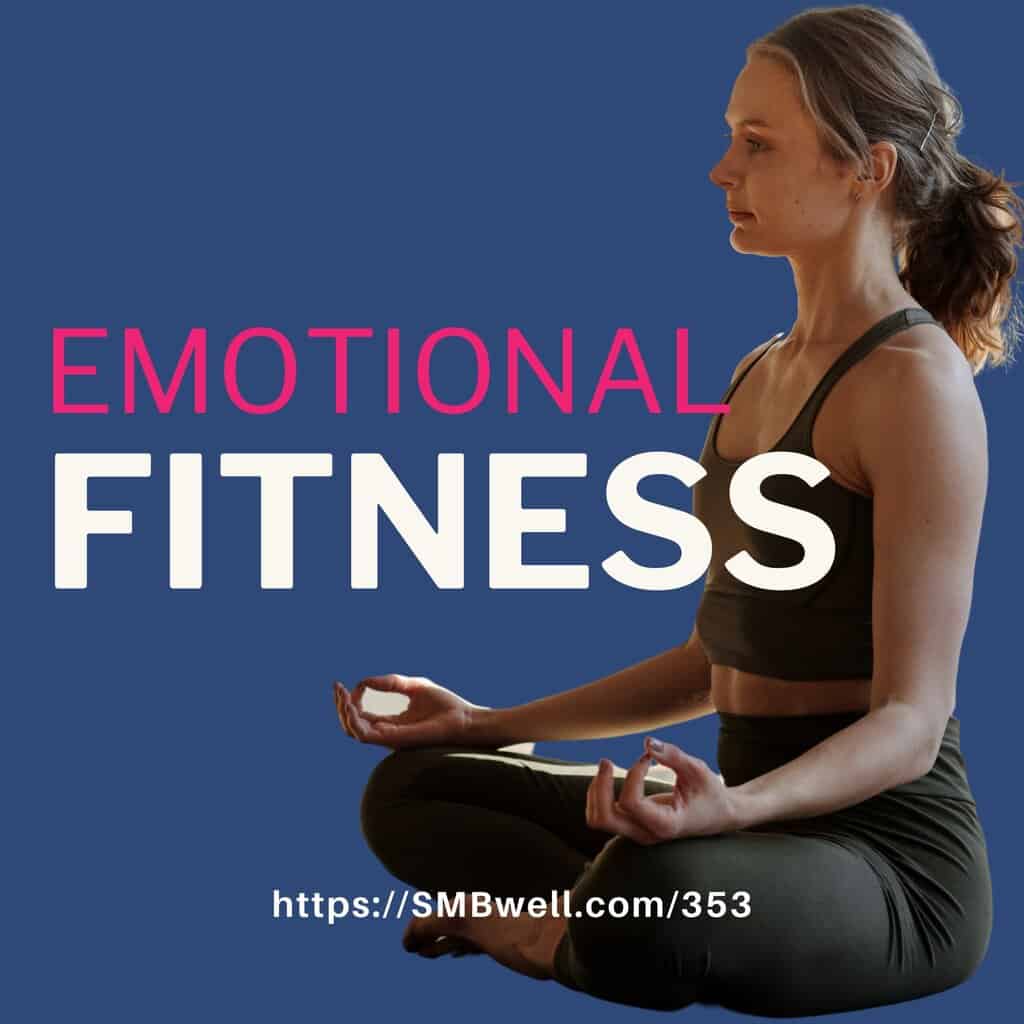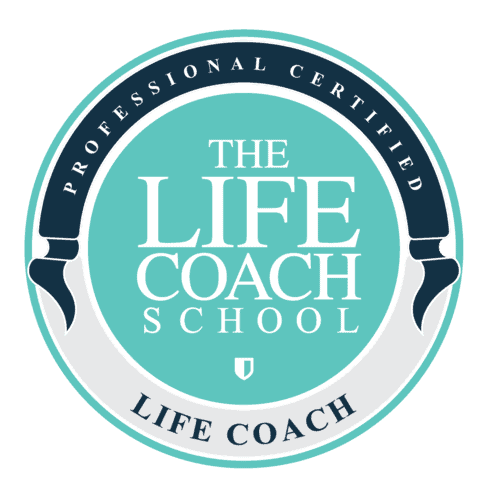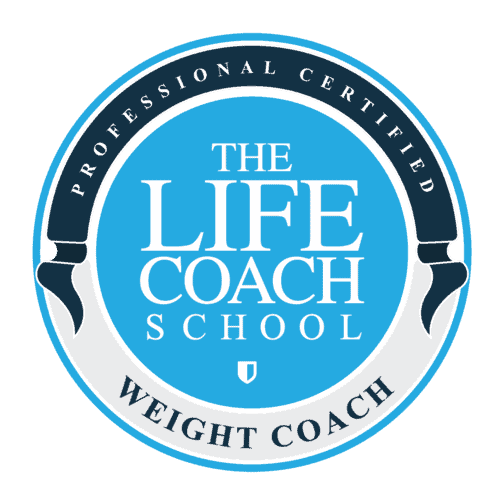Podcast: Play in new window | Download
Subscribe: Apple Podcasts | Spotify | Amazon Music | RSS | More
Emotional Health
Different Goal? Different Workout!
Consider how you approach physical fitness:
- Want stronger abs? You do sit-ups
- Looking for a stronger back? You practice daily planks
- Desire defined arm muscles? You lift weights
Your emotional wellness works the same way:
- Want less overwhelm? Use a paper calendar for planning
- Need more control over emotions? Practice meditation
- Want to feel calmer? Try a daily brain dump or thought download
Top 10 Workouts for Emotional Health
1. Thought Download
Perfect for: Processing emotions and identifying negative thought patterns
This foundational practice helps you see how your thoughts influence your feelings and actions. On days when you focus on helpful thoughts, you feel energized. When unhelpful thoughts take over, you feel heavy and unmotivated.
How to practice: Grab paper and pen, set a timer for 3 minutes, and write continuously. What thoughts are circulating in your mind? How do they make you feel? What stories are you creating? Once you identify patterns, you can consciously choose different thoughts and release emotional weight.
2. Sticky Note Sunshine
Perfect for: Disrupting negative self-talk
Take control of your thoughts by strategically placing positive messages where you’ll see them throughout your day.
How to practice: Identify your most common negative thought patterns. If you criticize your appearance in the morning, place a sticky note on your mirror that says “Good morning, beautiful” or “Your body does amazing things for you.” Put reminders near your workspace (“You help many”) or in your car (“How can you be your best self right now?”).
3. Morning Routine
Perfect for: Starting your day with intention rather than negativity
Your brain naturally scans for problems when you first wake up – what went wrong yesterday and what might go wrong today. This primitive “lizard brain” response needs management.
How to practice: Create a deliberate morning routine that shifts your focus to positive possibilities rather than potential problems. This isn’t about suppressing negative thoughts but redirecting your mental energy toward growth opportunities.
4. Powerful Questions
Perfect for: Redirecting your brain’s problem-solving abilities
The questions you ask yourself act as commands to your brain, which automatically searches for answers. When you ask “Why am I so lazy?” your brain diligently finds evidence to support that belief.
How to practice: Replace disempowering questions with empowering ones: “What’s going well for me today?” “How can I help someone today?” “What am I grateful for right now?” Your brain will redirect its energy toward finding positive answers.
5. Scheduling
Perfect for: Managing overwhelm and anxiety
One of the most powerful tools for a calmer, less reactive life is surprisingly simple: planning your days with a paper calendar.
How to practice: Write the hours of your day (5-24) down the left side of a paper. List your priorities and commitments, then assign each to a specific time slot. This practice reveals the reality of how much time you actually have, helping you set realistic expectations rather than feeling perpetually behind.
6. Radical Downtime Workout
Perfect for: Countering constant productivity pressure
In our achievement-oriented world, deliberate periods of “doing nothing” are revolutionary.
How to practice: Schedule short periods (marked as “RD” in your calendar) for aimless, phone-free time. Look at nature, count ceiling tiles, hug your child, pet your dog, or simply breathe. Remember: we are human beings, not human doings.
7. Meditation
Perfect for: Becoming less reactive and more centered
Nothing transforms emotional wellness more effectively than consistent meditation practice.
How to practice: Start with just 3 minutes daily. The benefits are extensive: increased self-awareness and compassion, improved focus, calmer parenting responses, and better emotional regulation. The costs it eliminates are equally impressive: reduced stress, anger, anxiety, overwhelm, and confusion.
8. Curious over Furious
Perfect for: Defusing triggers and maintaining emotional power
When someone’s actions trigger you, pause before reacting.
How to practice: Replace judgment with genuine curiosity: “Isn’t it interesting they’d do that?” or “I wonder why they see this situation differently?” This mental shift prevents you from taking others’ behavior personally, recognizing that their actions reflect their experiences, not your worth.
9. Breathing breaks
Perfect for: Reset moments throughout busy days
Simple but powerful, intentional breathing creates micro-moments of calm.
How to practice: Set 3-5 alarms throughout your day. When they sound, pause and count three full breaths. That’s it – emotional weight instantly lightened.
10. Exercise
Perfect for: Whole-person wellness
Physical movement profoundly impacts emotional health by decreasing stress, improving sleep and digestion, and building confidence.
How to practice: Commit to just 5 minutes of deliberate movement daily. Even this small amount creates noticeable differences in emotional regulation and overall well-being.
Get this app and decide to move your body for 5 minutes every day for the next 100 days. 5 minutes does make a difference.
There you go Warriors. 10 workouts you can do to help with your emotional fitness. Two things to remember before heading to the emotional gym:
- Start Small: In the same way you don’t begin a physical workout with 75 lbs weights and 60 minutes of cardio, don’t put those expectations on you for your emotional workout. When I started meditating, I told myself I’m meditate 3 minutes a day every day. When I started with my thought download, I set my timer for 2 minutes. Here is a post giving you (habit change blog)
- Daily Practice: Do you brush your teeth once and forever have clean teeth? Nope. Do you do 30 sit ups and suddenly have a strong core? Nope. Do you meditate once and forever live in a calm and reactive free state? Nope. Rinse and repeat. When you find a workout that works for you, keep it. Make it a part of your routine. The great news is that in the same way physical exercise and routines get easier with practice (neuroplasticity), so do emotional habits.
It can be this easy.
Use these workouts to take the drama out of your life. Living consciously and intentionally feels so much better than the alternative. Choose a workout to start this week and let me know in our Facebook Community or on Instagram which one you’ve chosen and how it’s going.
Sign up for Susie’s Weekly Warrior Newsletter. She’s a Certified Life and Wellness Coach with over 20 years experience helping women just like you live lives they love.
See if the Love Your Life School is open or work with Susie one-on-one here.





